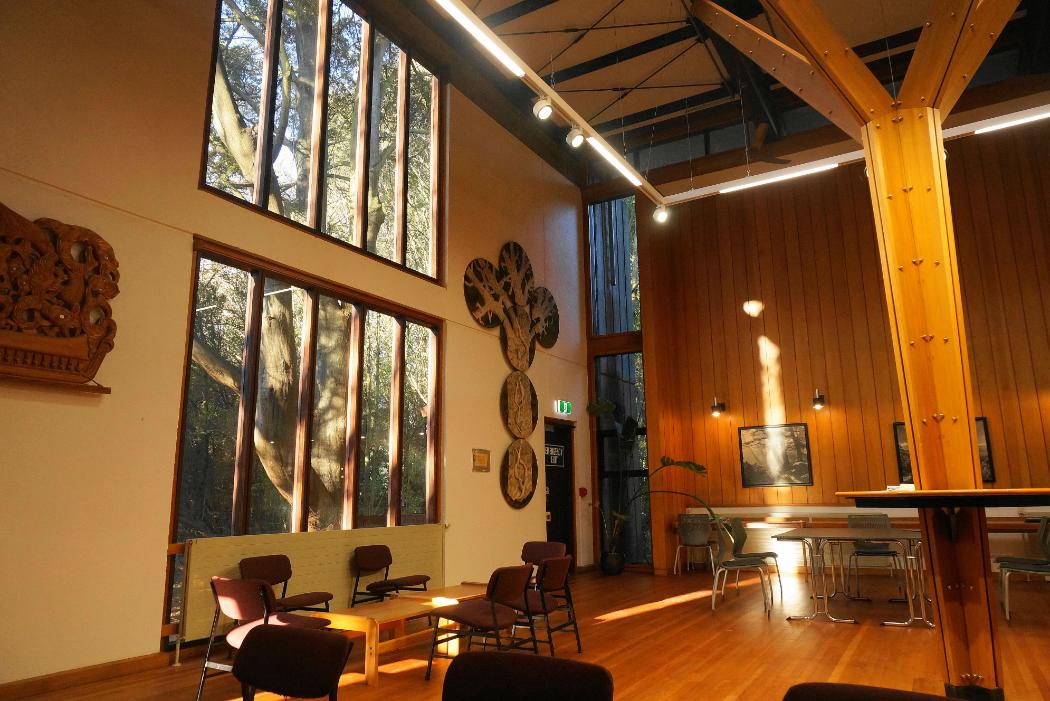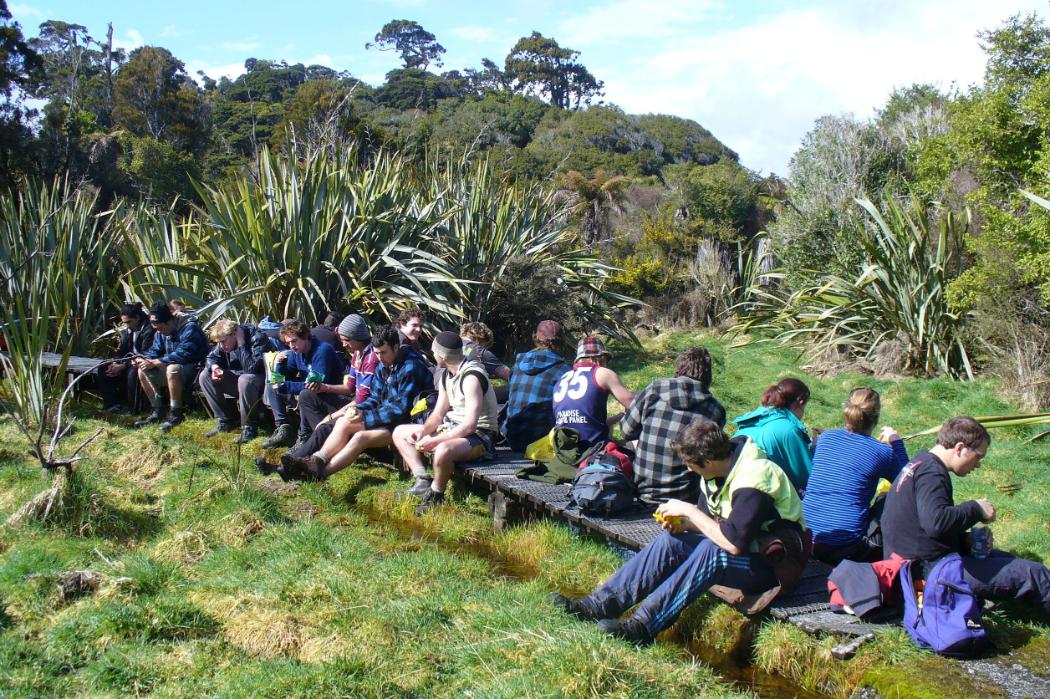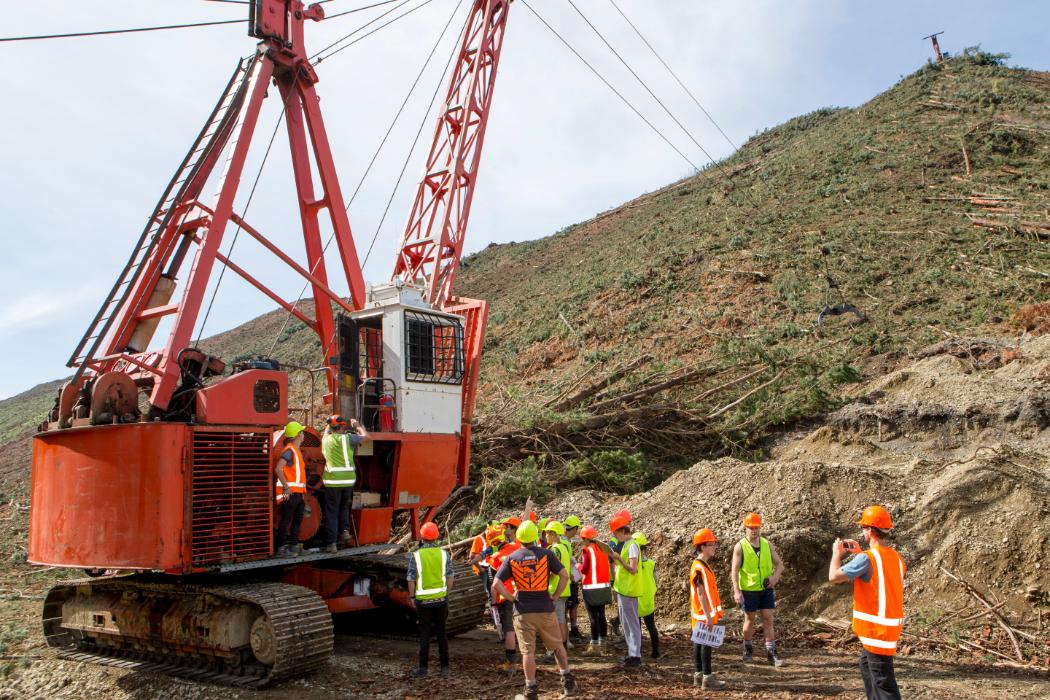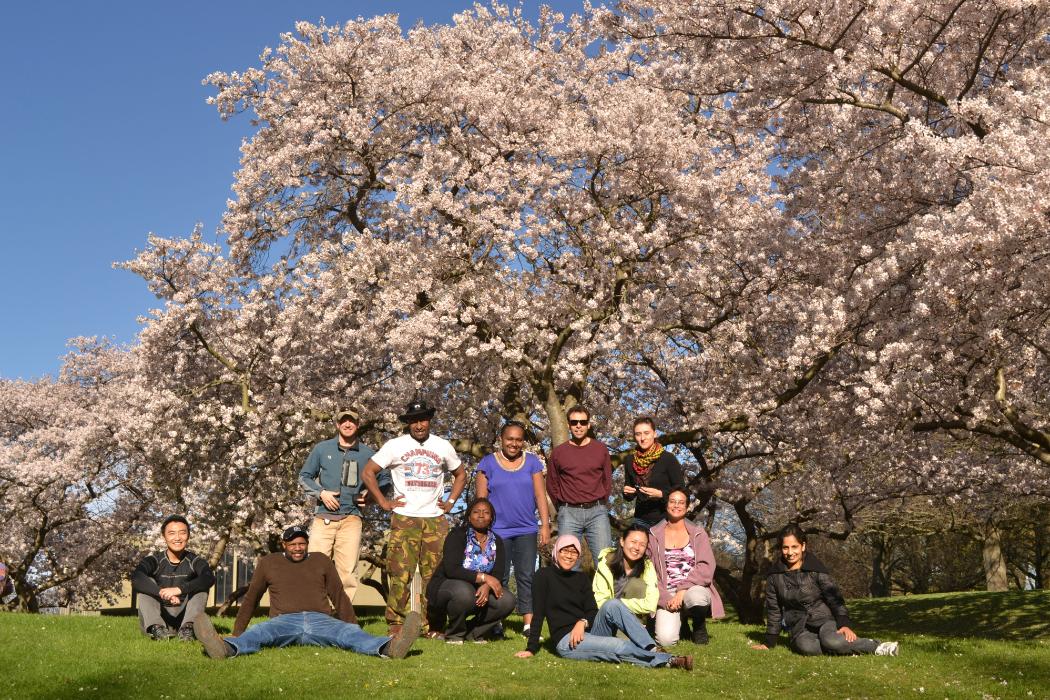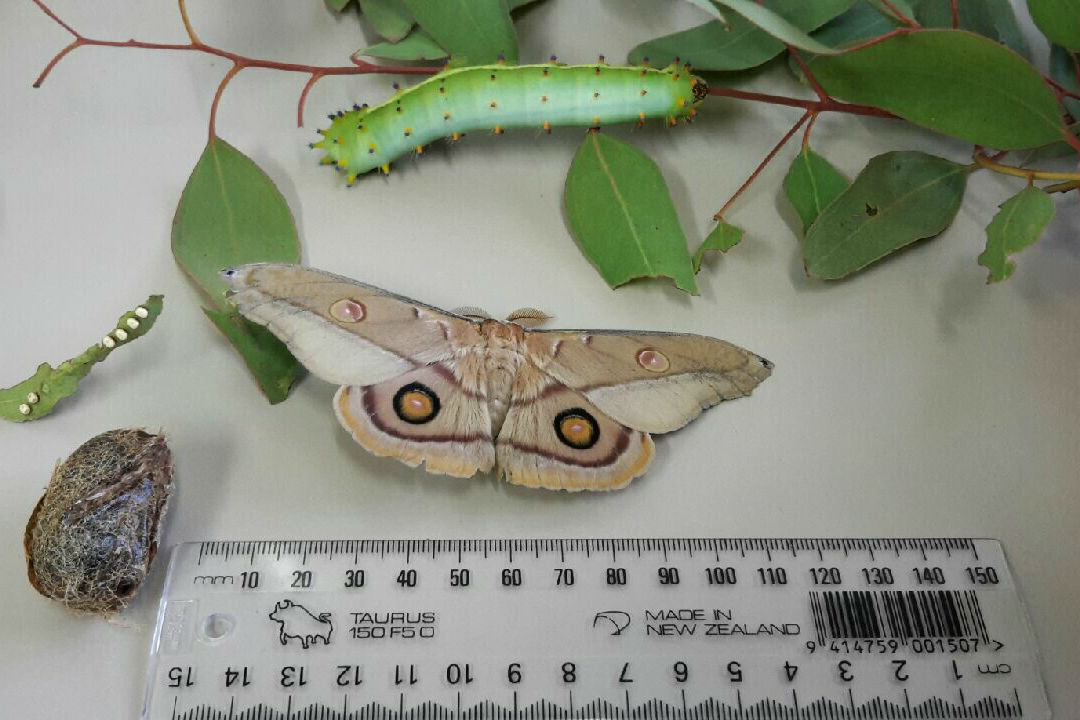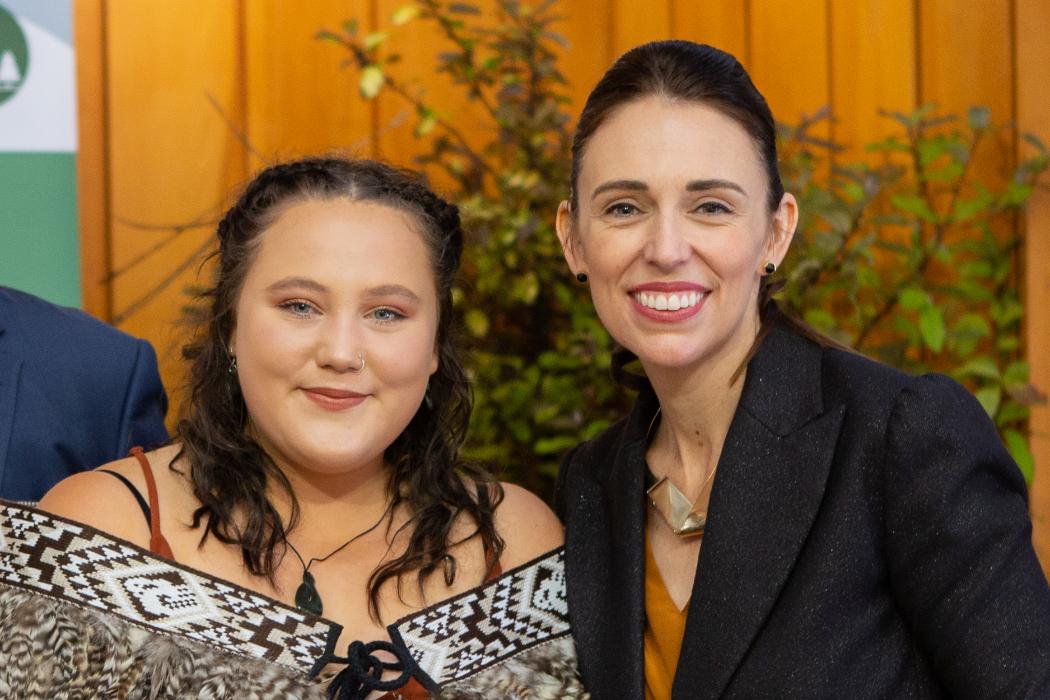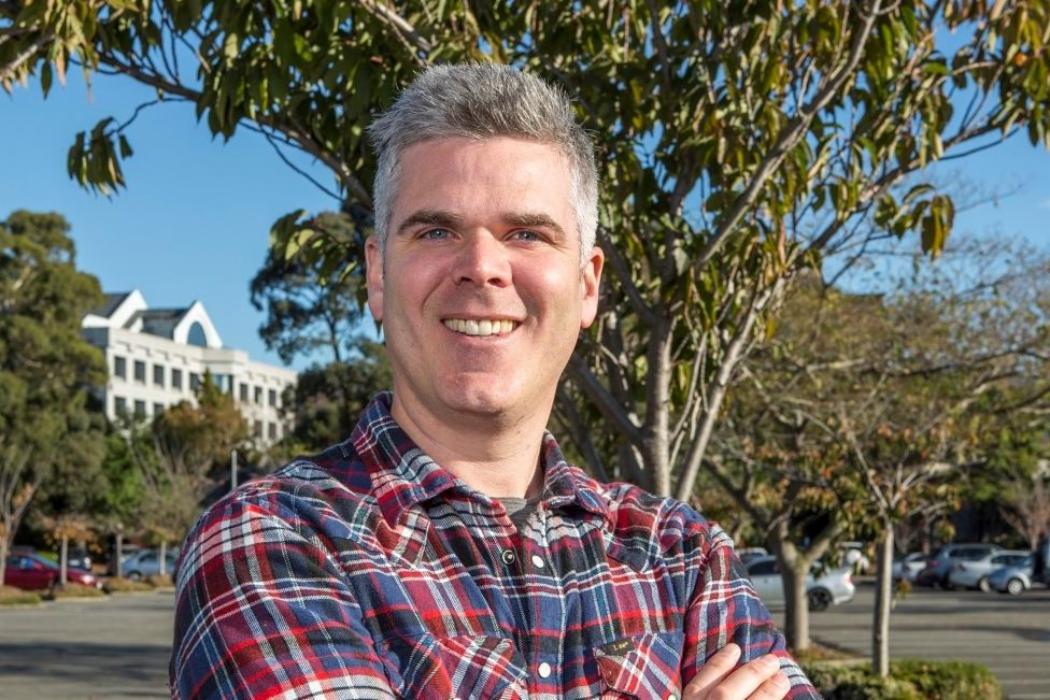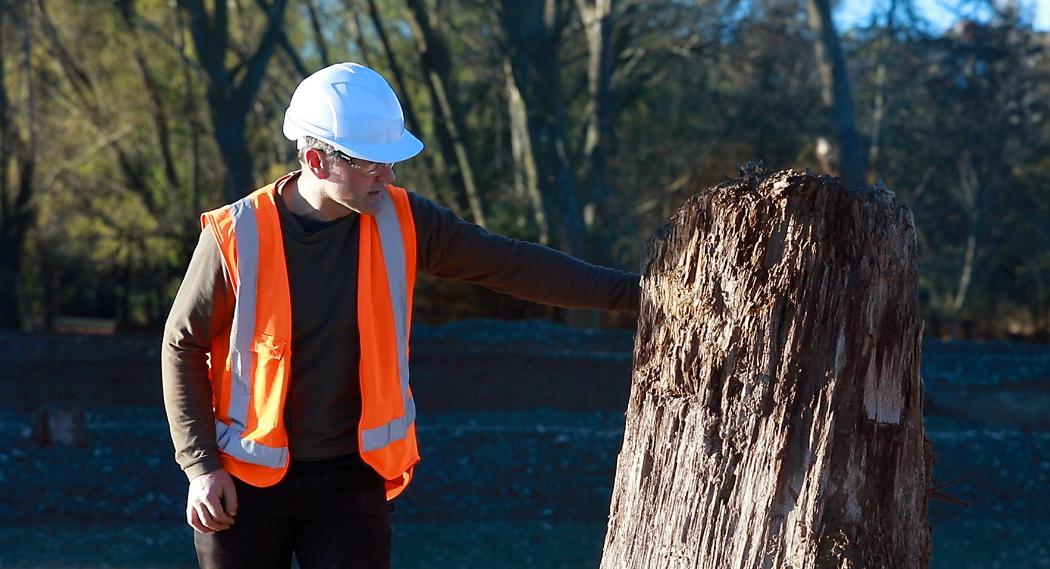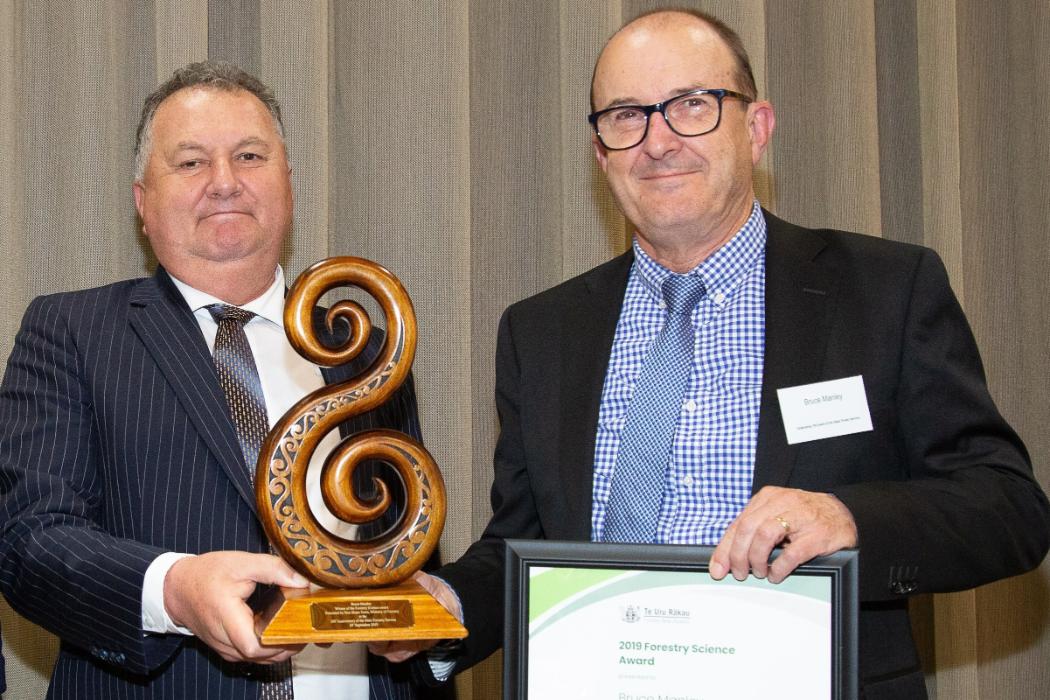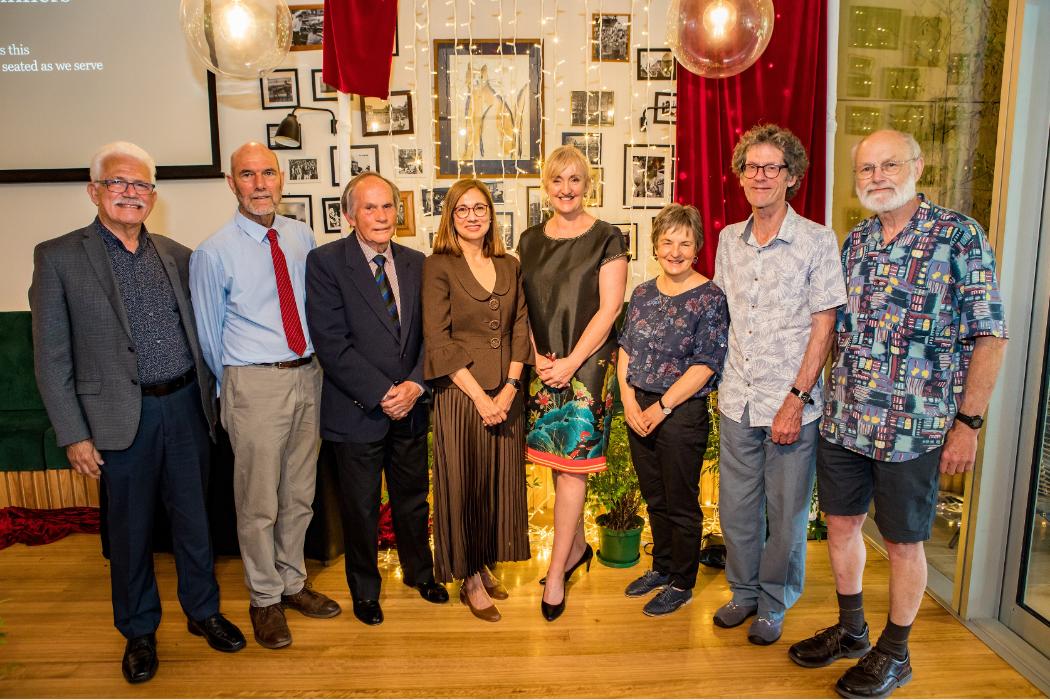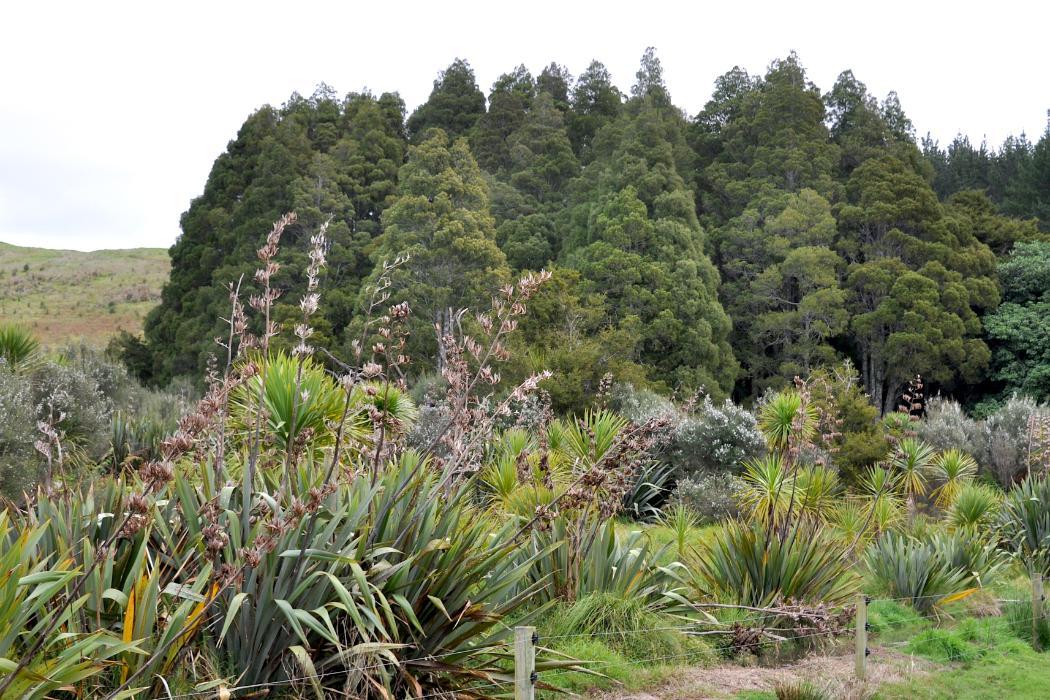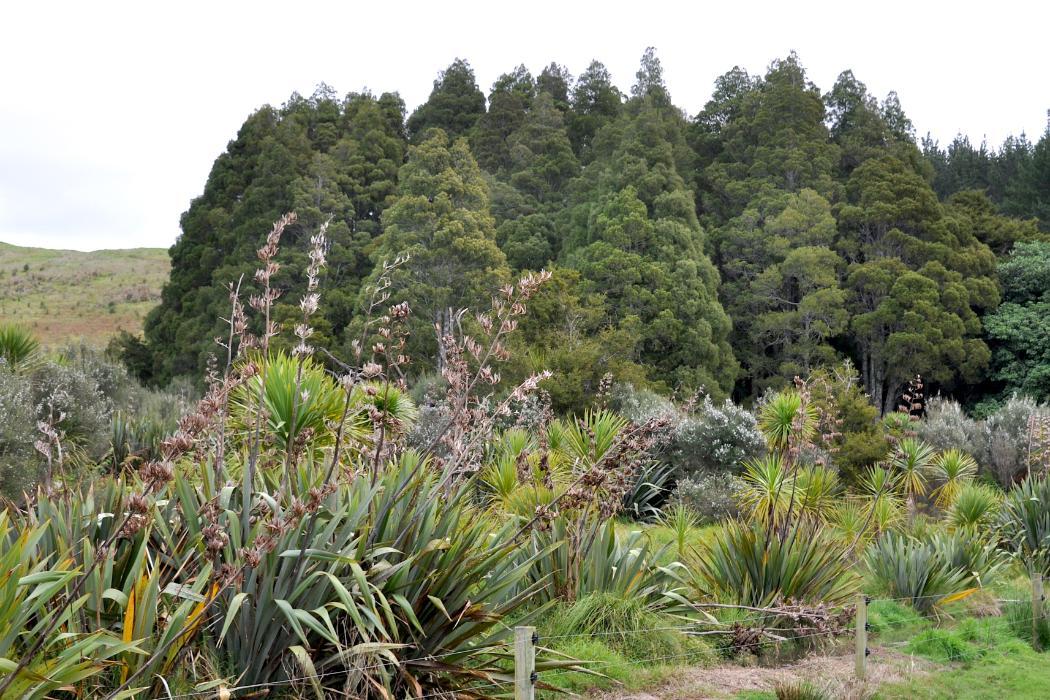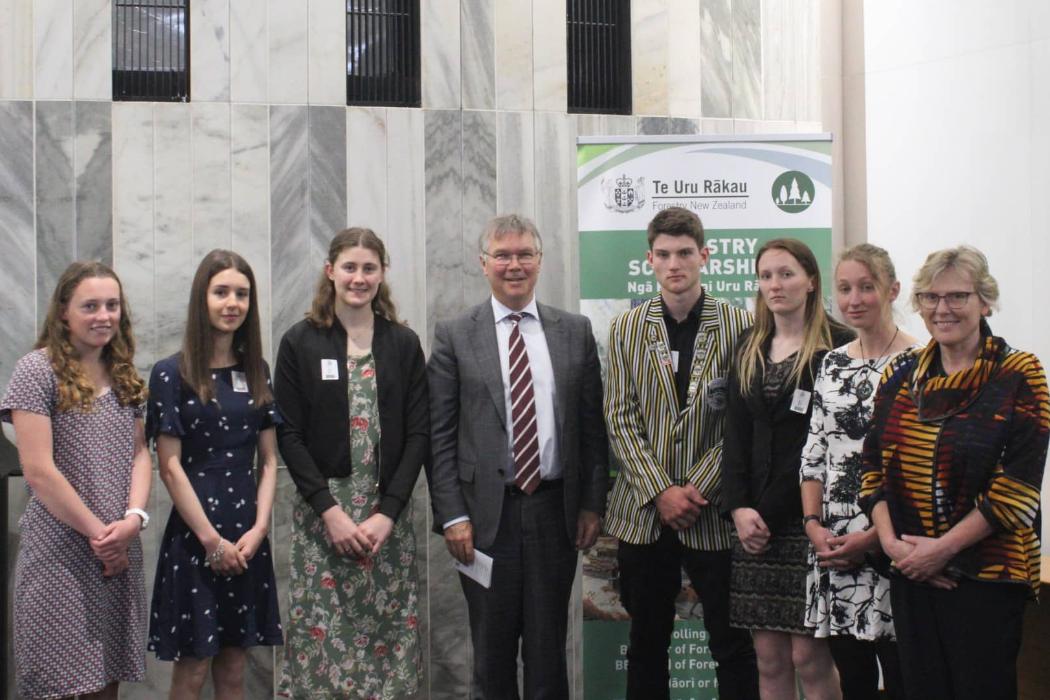UC is the only university in New Zealand to offer professional forestry degree programmes, including undergraduate programmes run through the School of Forestry and the Faculty of Engineering. Our first-class facilities include teaching and research spaces and the Wood Technology precinct, which contains a timber drying and preservation unit, a pulp and paper room, and a general workshop.
There are many plantation and native forest areas, both publicly and privately owned, used for teaching and research within convenient range of the University. Field trips to Canterbury's indigenous and exotic forests are integral to our teaching and we have strong relationships with local forest organisations and their valuable staff. Students also travel to Hanmer Springs; the West Coast; the Nelson region; and the central North Island on extended field trips. Students regularly visit several wood processing industries in Canterbury with which we maintain regular contact.
Our Prospectus provides information on our people, our students and our programmes.
Our students undertake a wide range of research projects as part of their study. Undergraduate Forestry Dissertation Abstracts, Postgraduate Abstracts and an alphabetical listing of all Dissertations and Theses are available from the UC Library collection, online from 2003 or through the Macmillan Brown Library.
